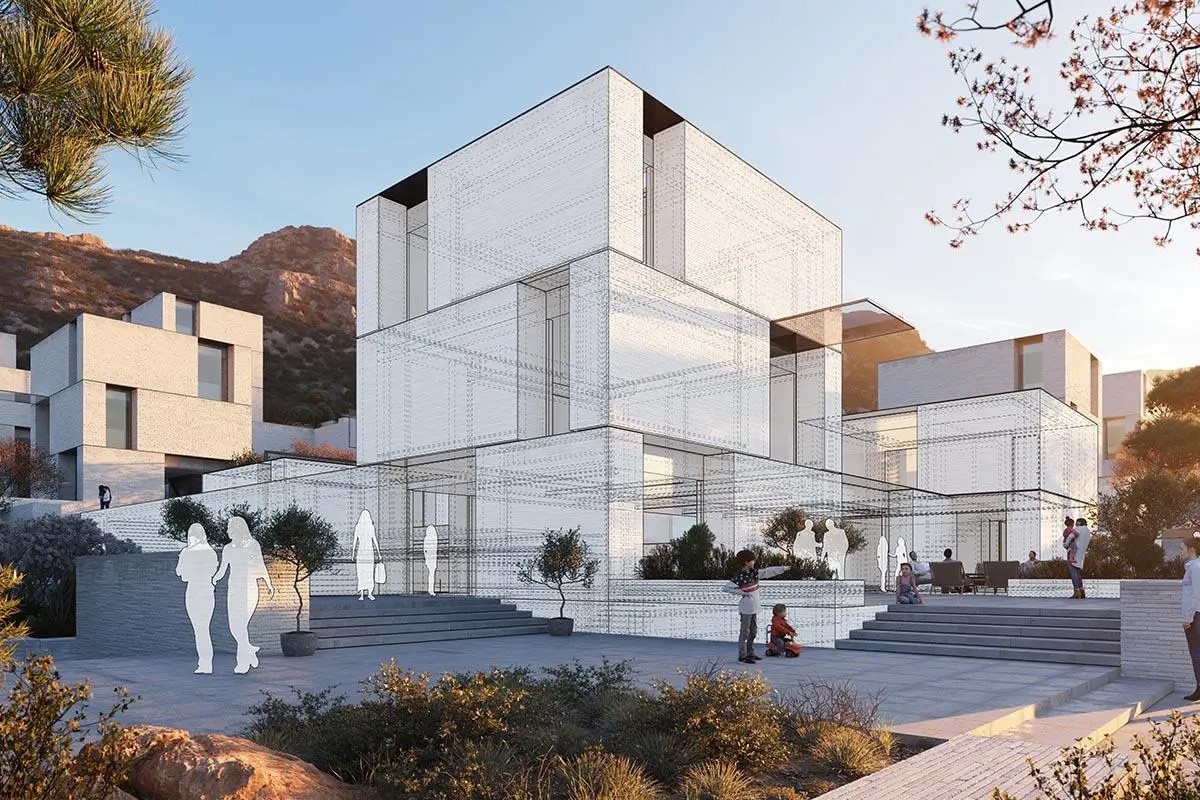Unraveling the Influence: Understanding the Impact of Architectural Design
Architectural design transcends mere aesthetics; it is a powerful force that shapes our surroundings, influences our behavior, and defines the way we interact with the built environment. From towering skyscrapers to quaint cottages, every structure reflects the vision and values of its creators, leaving a lasting imprint on society. In this exploration, we delve into the profound impact of architectural design, uncovering its implications on culture, psychology, and the human experience.

Shaping Cultural Identity
1. Iconic Landmarks
Iconic architectural landmarks serve as tangible symbols of cultural identity and heritage, representing the collective aspirations and achievements of a society. From the Eiffel Tower to the Taj Mahal, these structures evoke a sense of pride and belonging, drawing visitors from around the world to experience their magnificence firsthand.
2. Cultural Expression
Architectural design provides a platform for cultural expression, allowing communities to celebrate their unique identities and traditions through built form. From … Read more
